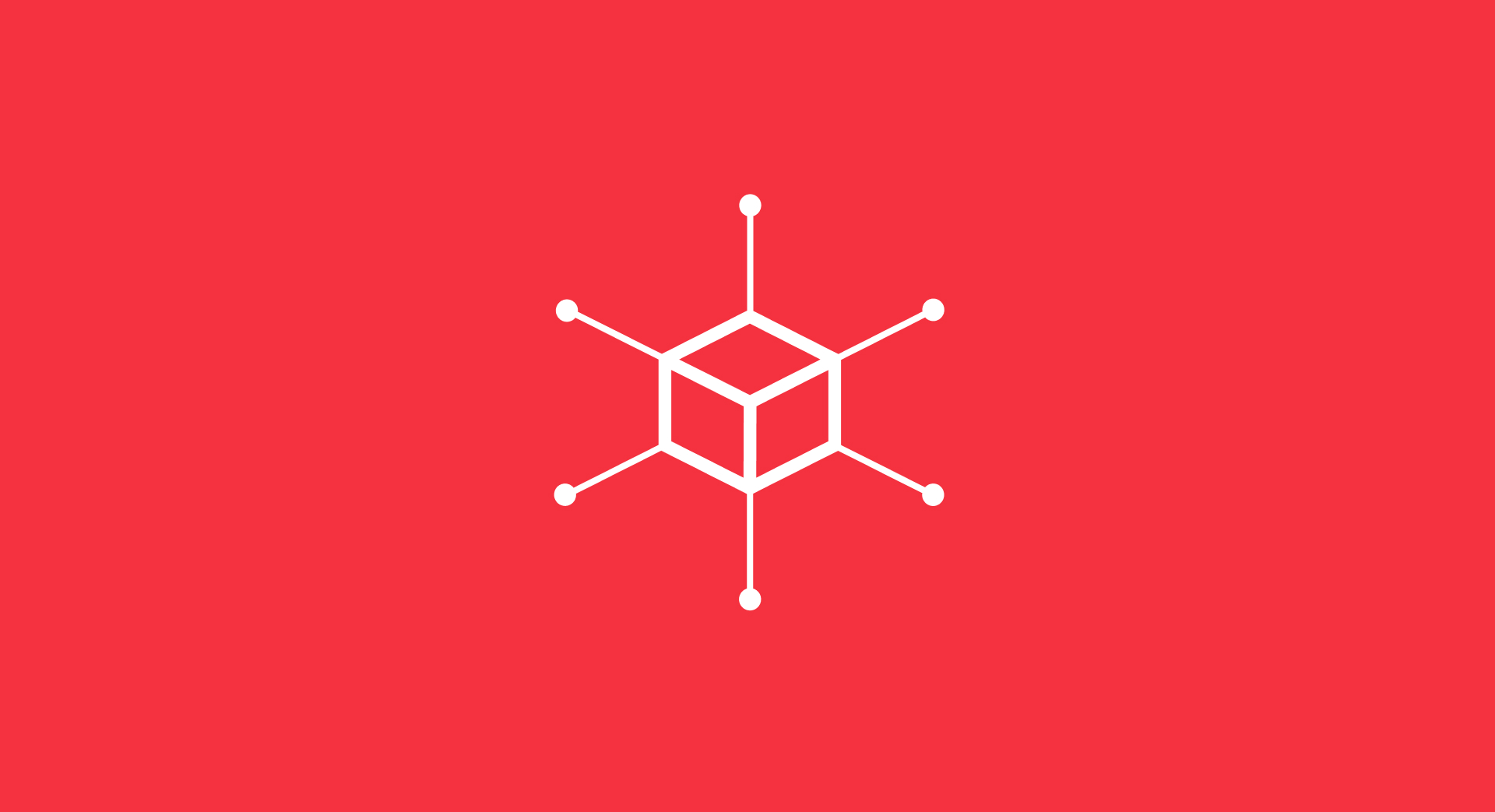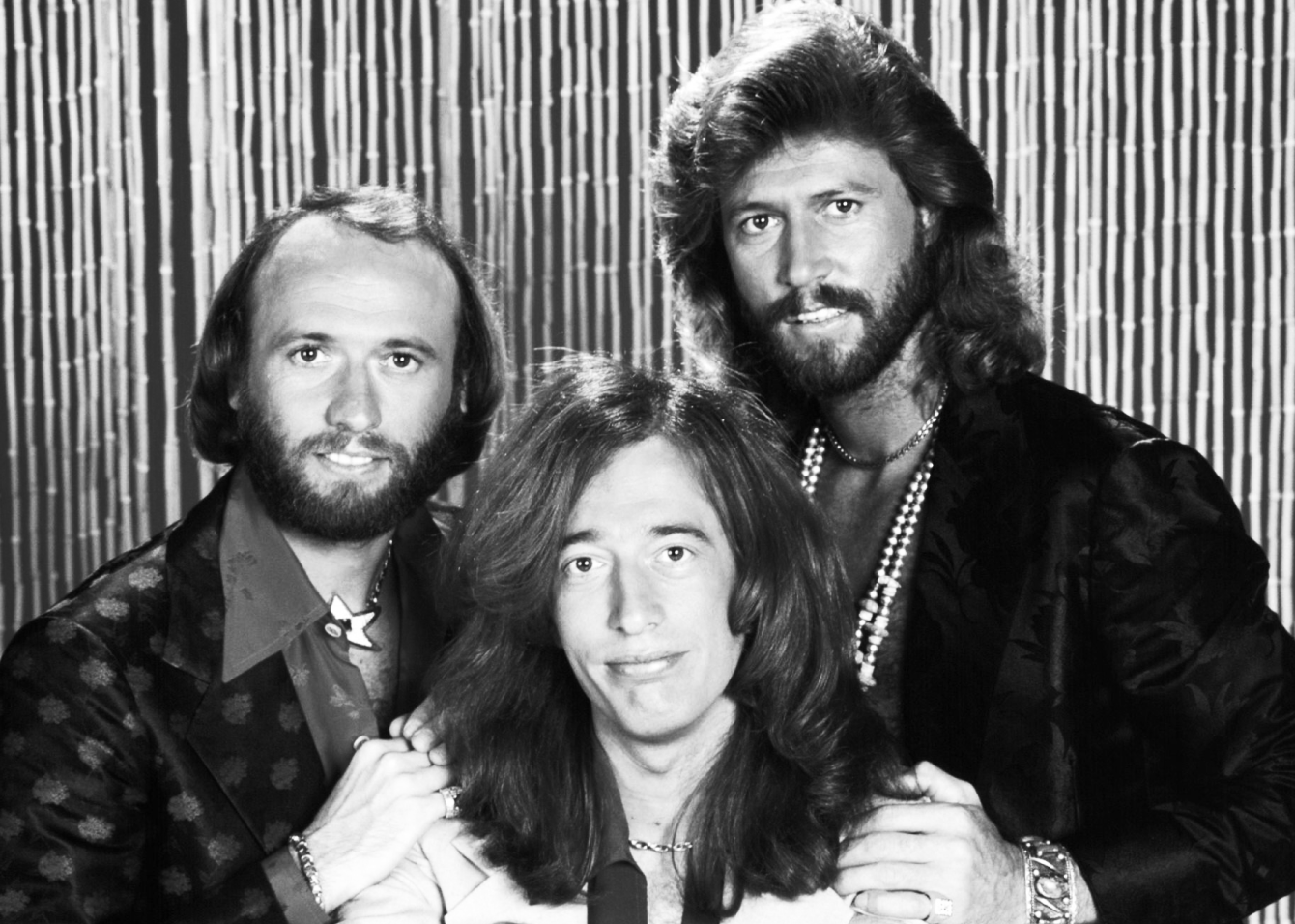Talking about any form of media in the context of one vs. the other isn’t something that we media folks do very often. Not because we don’t have to make choices between platforms based on budget and research, but because there’s normally room for multiple forms within a comprehensive campaign strategy. All that being said, the question of programmatic vs. other forms of media comes up a fair amount in search engines. And I can see why— trying to understand the different digital advertising methods, specifically programmatic, can be confusing.
Luckily, we’ve written this helpful blog to solve that very problem! We’re going to define the different forms of media as well as give their pros and cons so you can get clear on who’s who in the media zoo.
First of all, what are the different types of media?
Programmatic advertising
Programmatic advertising is the process of buying digital/online ad space, in real-time, utilizing machine learnings and algorithms. This method is run by software but managed and overseen by people.
Pros
Cost-Efficient
Programmatic ad buying is very efficient and can result in high ROI.
Access to Audiences
Due to the large scale of data available through programmatic, campaigns benefit from a multitude of audience segments. This creates the ability to develop finite targeting strategies, resulting in ads being seen by the right audience at the right time.
Budget Flexibility
Depending on what your advertising objectives are, programmatic advertising can allow for exponential reach at a lower overall cost when compared to other media channels.
Cons
Brand Safety
Because programmatic advertising uses machine learnings (AI) to inform ad placements, there are more opportunities for your ads to be placed next to unsavoury or inappropriate content (e.g. airline seat sale next to a plane crash article).
Ad Fraud
The programmatic landscape is full of bot and non-human traffic sources. This can cost advertisers money and result in inaccurate data if verification strategies aren’t put in place.
Machine Learnings
This is a pro AND a con. The con side is that advertising automation creates an environment where highly skilled professionals are required to manage programmatic buys. Having a knowledgeable and experienced team overseeing this can make or break the performance of a campaign.
But programmatic is just one of the many facets of digital advertising at large. To make better-informed decisions with your media spend, it’s best to take a larger-scale look to see all your options.
Digital advertising
Digital advertising encompasses all online ads including display, retargeting, SEM, social media, programmatic, and so much more. This category expands every year as innovative opportunities to advertise online roll out and the existing platforms make updates and changes. There’s nuance to each of the different categories and mediums contained within digital advertising, but digital does have a broad group of pros and cons.
Pros
Analytics galore
- You’re never short on analytics with digital. Digital platforms will continuously monitor your ad(s) and provide you with feedback to help you understand user behaviour and ad performance.
- Make sure you know what analytics you’ll use to track the success of your campaign. Some standard metrics include click-through rates (CTR), time spent on site, and secondary page visits. Don’t measure something just for the sake of measuring it though. Data without context is rarely useful.
Pay-to-play
- Digital media can be adjusted to fit almost any budget. Depending on the platform you choose, a little bit of money can go a long way to boost your message and provide analytics for subsequent campaigns.
Targeted reach
- Based on either your own research or analytic feedback, your ad can be adapted to fit a very specific target audience. This feedback can help you define your niche and better understand audience behaviours. You may also find the audience you thought would be most engaged with your product, isn’t and you can adjust your strategies from campaign learnings.
Cons
Definitive data
- Depending on your audience size, getting definitive data from your analytics may not be possible due to scale. On the flip side, you may get so much analytical feedback that sorting through all of it to find meaning could be difficult.
Trust is a must
- This form of media often struggles to build brand trust with its audience. You may not always be able to establish a meaningful connection or share key messaging in the limited space available. For this reason, digital buying works best for ads directing the user to your website for sales or further messaging.
You might get blocked
- The digital world is continuously evolving and adapting to our needs and feedback, creating both new tools to use and new barriers to overcome. Many online platforms now offer adblocking services and VPN’s which can significantly impact your ad reach. Algorithm changes can also impact how your ads function and perform.
Offline media
Next up we have the tried-and-true offline media. Offline media has had decades, if not centuries, to develop its strategy and role in the advertising world. Ever since Gutenberg placed print to paper, businesses have used it to build brands and make sales. This form of advertising includes billboards, promotional mail, as well as newspaper, radio, and television ads. Like digital, each offline medium requires its own game plan and know-how, but here are the general pros and cons.
Pros
Loud and proud
- In a sense, the two categories of media are opposites, with offline media targeting a large, broad audience in comparison to digital’s selective niche. This diverse reach makes it an excellent option for awareness-based (or top of the funnel) campaigns.
Building trust
- Various offline media platforms can tell a much larger story than their digital counterpart. This ability makes them great tools to build trust with your audience, provide education, and heighten brand awareness.
Cons
It’ll cost ya
- Offline media has a large cost associated with it; significantly larger than what you’d see with digital. This can be a barrier for small businesses or non-profits without a large media budget.
Measuring success
- Offline media often lacks the analytical data that digital has, making it difficult to gauge the success of your campaign. This can also cause issues when attempting to track audience behaviour, as unique URL’s and QR codes are not always as successful as digital tracking methods.
- Using a holistic approach to measure success will be in your best interest. For example, completing brand lift studies before and after the campaign will show if you successfully increased brand awareness and trust. The ad host may also provide analytics of their own to show how the campaign performed. Another good option can be to use a vanity URL or landing page for your traditional campaign to be able to measure conversion to website views (if that is part of your goal).
How do I pick which form of media to use?
Well, you could probably do with a bit of both. Often offline media is great for awareness building while digital can be better suited to conversion. But there are exceptions to this and each campaign needs its own special blend.
To get started figuring out where you’re best suited to advertise, consider the following factors:
- What is your budget?
- If you have $20,000 to spend, you’re not getting a television ad. This can help you start to rule out some of the options at hand.
- Who is your audience and where do they frequent?
- If you’re running an advertisement for a seniors living community, TikTok probably isn’t the spot for you. Why? Because the age demographics don’t align. Research the areas that your audience interacts with most often and consider how you can make use of that space.
- What are your campaign goals?
- Are you looking to increase sales for a particular product, or to generate awareness around your brand? Understanding this will help you set realistic measurements like cost per lead or before and after consumer awareness studies.
- What is your timeline?
- Certain mediums take time and production efforts. If you’re running a sale this weekend, it’s probably too late to get a radio ad together but you can certainly go all-in on Instagram.
Ultimately, there’s no one size fits all approach. Every brand and campaign will have its own unique needs. Our best advice? Explore lots, do your research, and be wary of anyone who says that one solution can give you everything you’re looking for.

